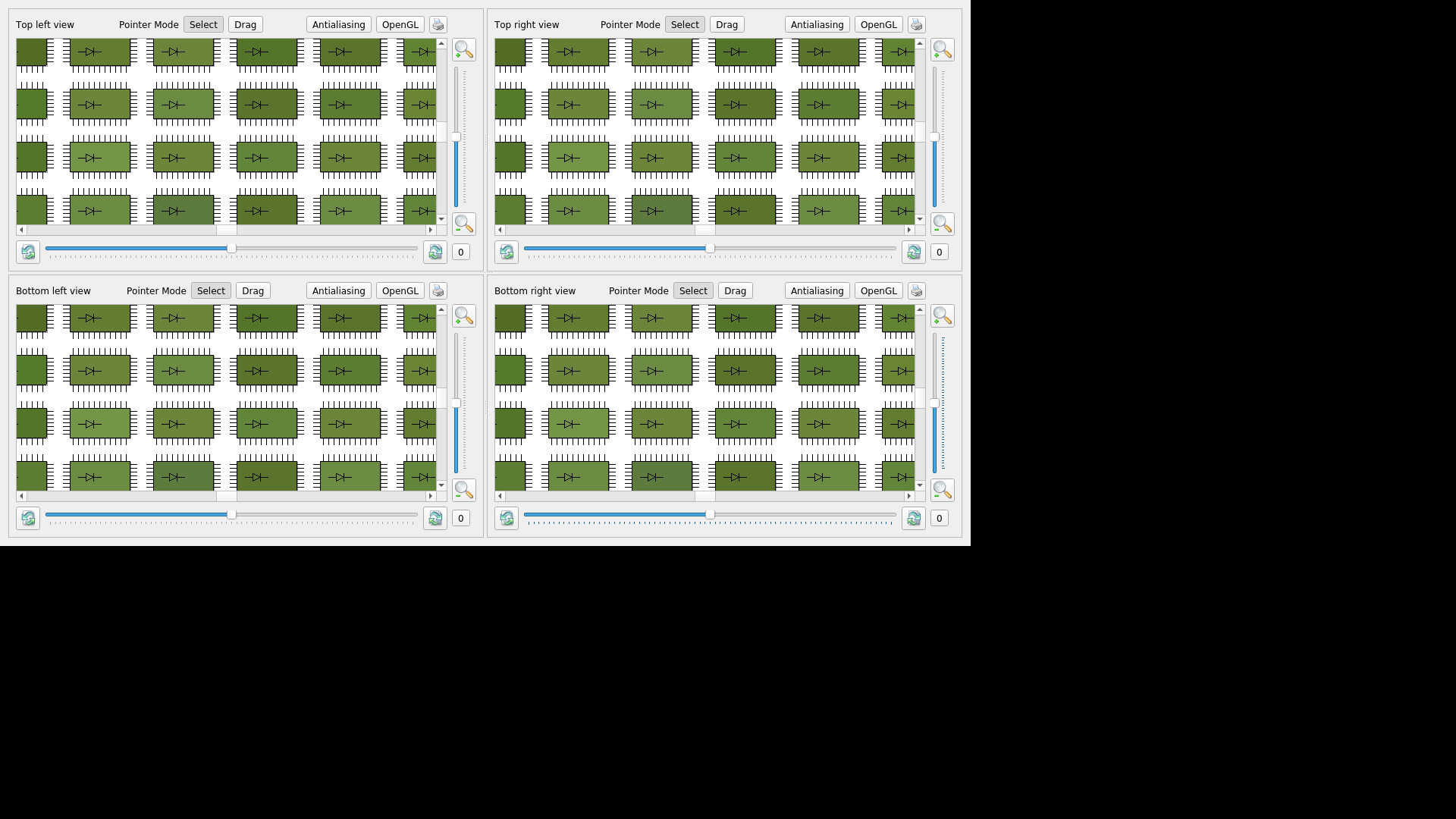Microservice: Qt 5 Examples¶
The following section describes how to integrate a containerized set of Qt 5 examples. These instructions assume an existing ECI installation and familiarity with building Docker containers.
Building: Qt Container¶
The following section is applicable to:

The following steps detail how to build a Docker image which contains Qt 5 examples.
If not already completed, follow section Prepare the Build System for Microservices to prepare the build system.
Open a terminal on the build system and navigate to the extracted
Dockerfilesdirectory. The contents of this directory should be as follows:$ ls application-containers bpf display-containers softplc-containers
Navigate to the
display-containersdirectory. The contents of this directory should be as follows:$ ls display-server-weston display-server-xorg qt5-examples
Navigate to the
qt5-examplesdirectory. The contents of this directory should be as follows:$ ls Dockerfile README.md
Build the Qt 5 examples container by performing the following command:
$ docker build -t qt5-examples:v1.5 .
Note
The “.” at the end of the command is intentional.
Save the Docker image as a tar archive by performing the following command:
$ docker save -o qt5-examples.tar qt5-examples:v1.5
After the save has completed successfully, there will be a tarballed Docker image:
Docker Image archive name
Description of Docker Image
qt5-examples.tar
Docker image which contains a set of Qt 5 examples.
Executing: Qt Container¶
The following section is applicable to:

Ensure that the Docker daemon is active. Run the following command to restart the Docker daemon.
Warning
All running Docker containers will also restart.
$ systemctl restart docker
The status of the Docker daemon can be verified with the following command:
$ systemctl status docker
Copy the Docker image created earlier to the target system.
Load the copied Docker image by performing the following command:
$ docker load < qt5-examples.tar
Check which Docker images are present on the target system with the following command:
$ docker images
The Firefox web browser image that was loaded should be present in the list. Note the name and tag of the image for use in the following steps.
For example, on our system the output is as follows:
$ docker images REPOSITORY TAG IMAGE ID CREATED SIZE qt5-examples v1.5 0f7a21745b8d About a minute ago 543MB
This container provides the source for the Qt5 examples as well as one prebuilt example which is run automatically when the container starts. Qt will communicate with the display server through a file socket under
/tmp, this is why/tmpis mounted into this container with-v /tmp:/tmp. TheDISPLAYvariable must be set accordingly, for example to:0for the first display.--device /dev/driallows access to the GPU through the DRI interface as Linux device.Run the container by performing the following command:
$ docker run -d --rm \ --name qt5-examples \ --device /dev/dri \ -v /tmp:/tmp \ -e DISPLAY=:0 \ qt5-examples
A new window will show the Qt5 example 40000 Chips.
